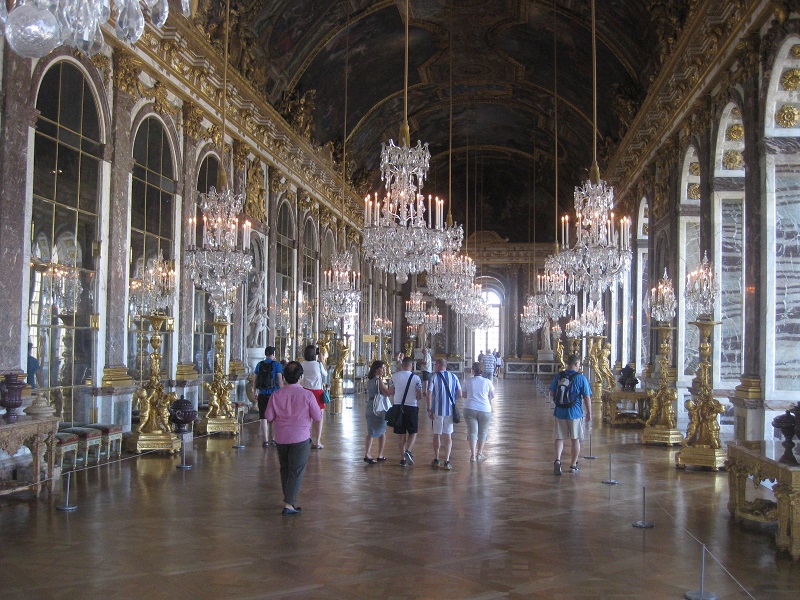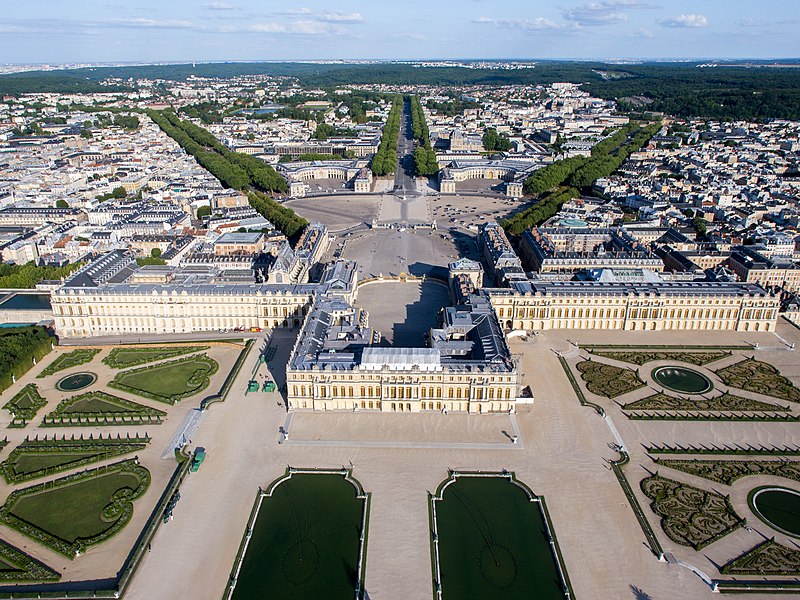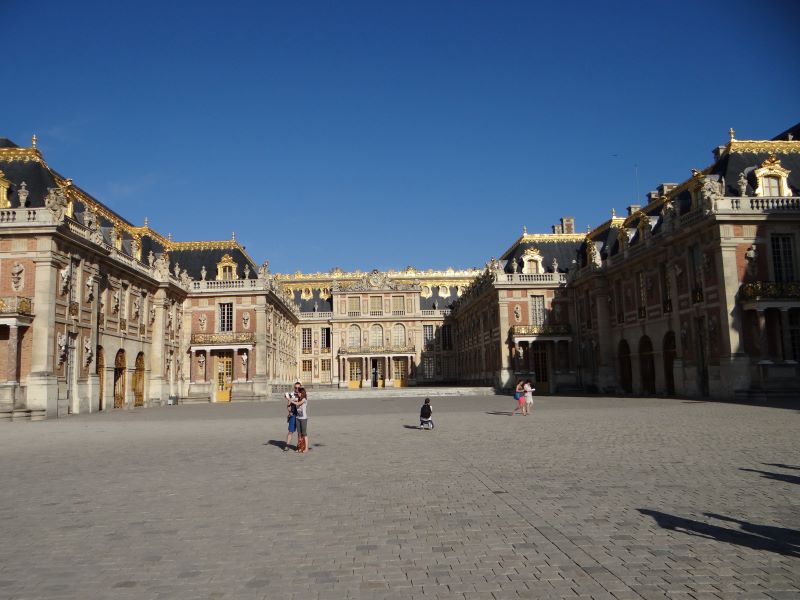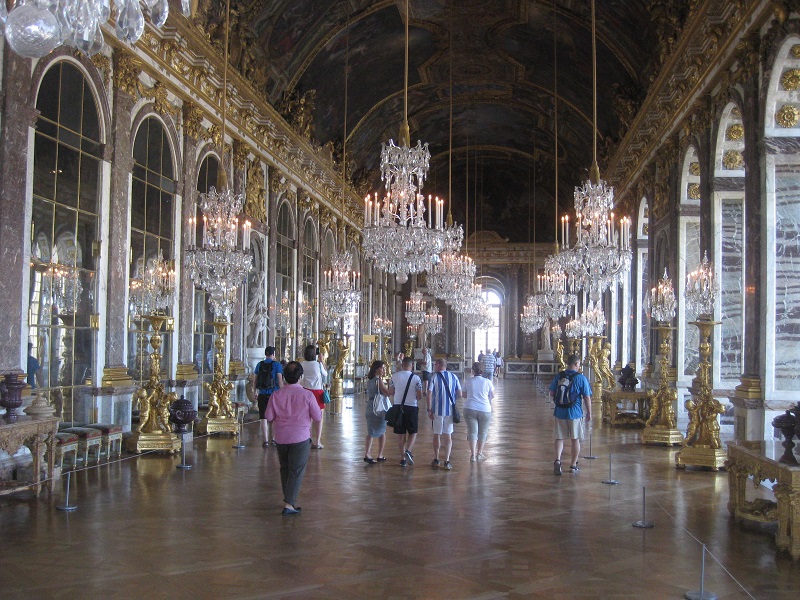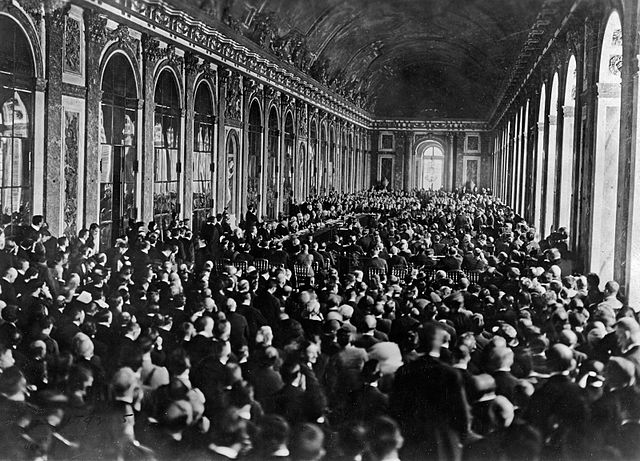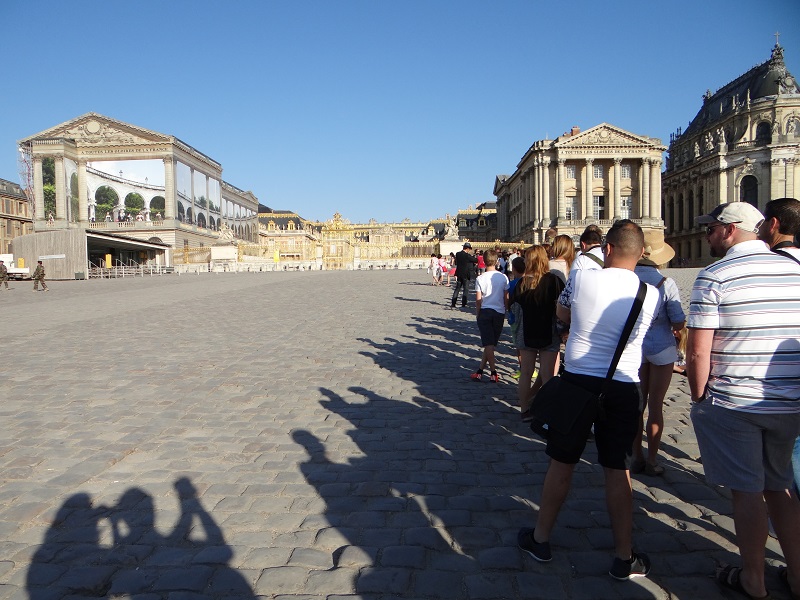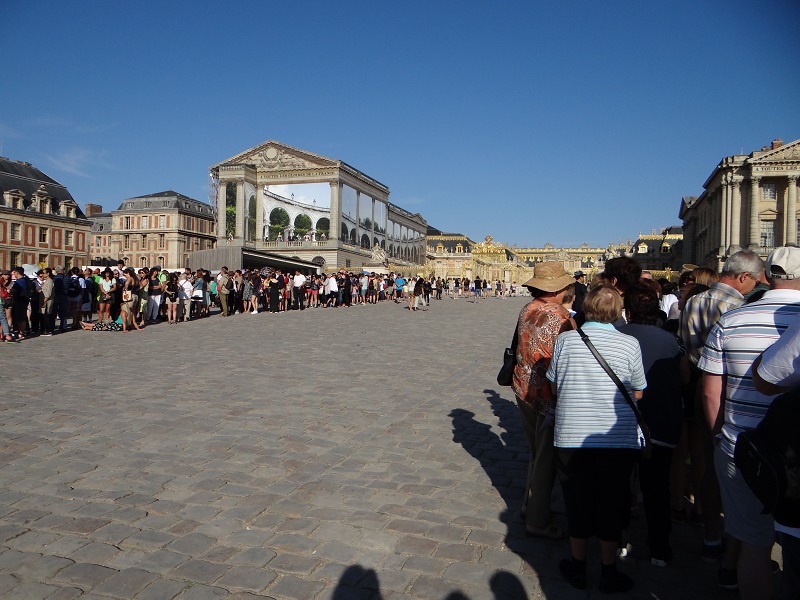To get the most out of your trip, this guide to visiting Versailles explains why the Palace became the flashy, gilded jewel that you see today. Judge for yourself if the Sun King met his objective when he made a few renovations!
Getting There
Location: Versailles, France
Nearest RER Regional Train Stations: Line C, Versailles Chateau Rive Gauche stations (10 min walk)
National Rail Stations: SCNF from Gare Montparnasse to Versailles Chantiers station (18 min walk) or from Gare Saint Lazare to Versailles Rive Droite station (17 min walk)
Buses also available; check RATP for details
Time Travel Highlights
Time Period: Early Modern
Must-See:
- Hall of Mirrors
- King & Queen Apartments
- Palace Gardens
- Elaborate Garden Fountains
I got to Versailles via train from Paris. I took the SNCF Transilien Line N train from Gare Montparnasse to the Versailles Chantiers station, which took about 12 minutes. There are several trains daily and it was very easy to look up stations and times on the train website. The train was very convenient and the 15-20 minute walk to the Palace from the train station was very easy and well-signed in English.
Once on site there are guided tours, a miniature train that runs the grounds you can hop on/off and several cafes and restaurants for refreshments or meals, so it’s quite easy to spend the day here. We had lunch at “Angelina” and it was delicious.
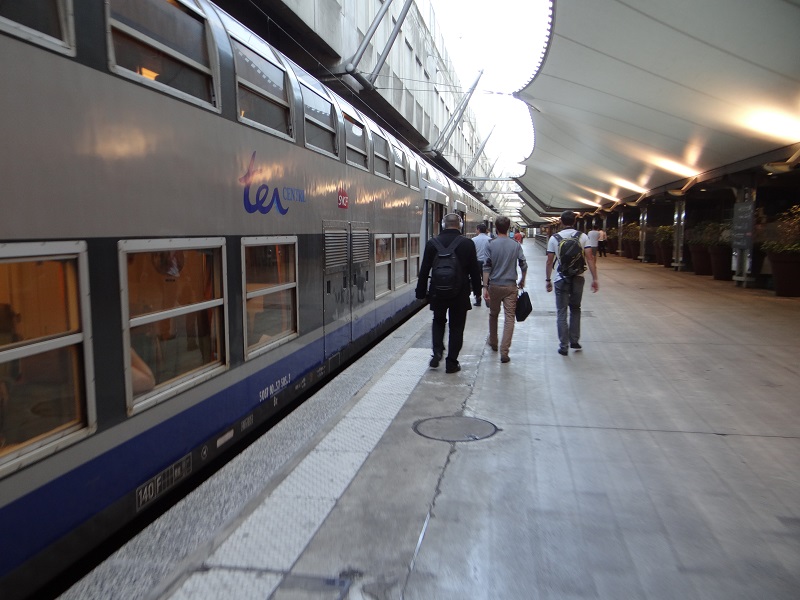
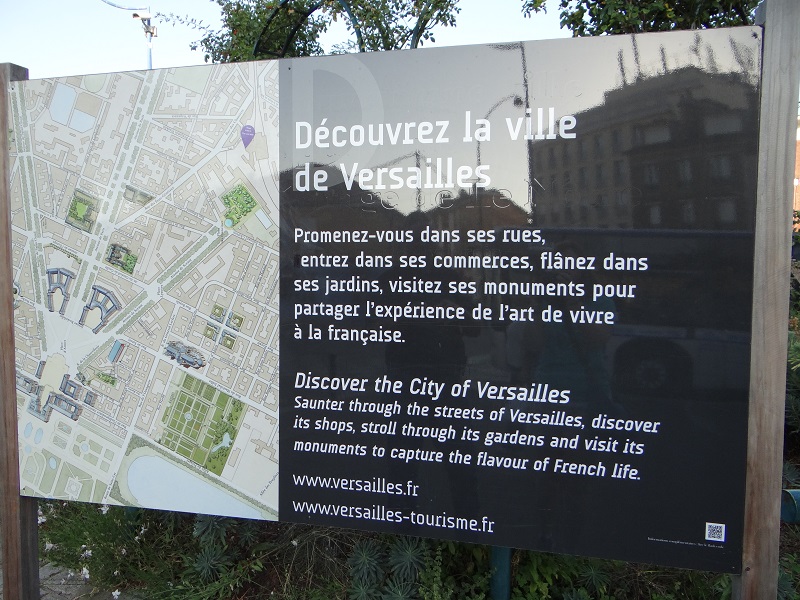
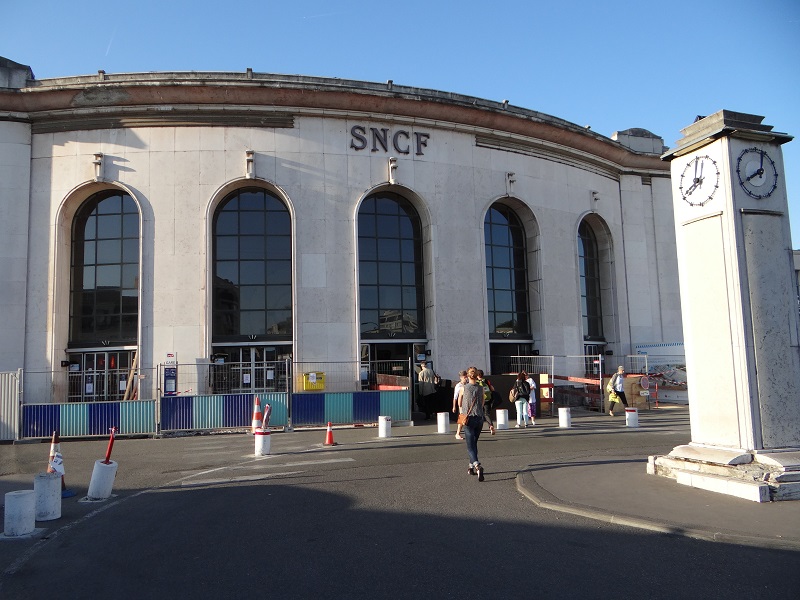
MDTT tip: Plan to arrive at Versaille early and buy your ticket in advance! We arrived 40 minutes before opening and the line was 250-300 people deep (I had time to count…). By the time the palace opened, there were easily 2,000 people in lines that snaked up and down the courtyard.
I was impressed at how quickly and smoothly the lines moved once opened (maybe took us 15 minutes to get inside?) but there was a separate line for people who didn’t have tickets yet, so after waiting in line for a ticket, you’d have to wait in line again to get in!
Guide to Visiting Versailles: From Humble Beginnings to Anything BUT Humble!
It is hard to capture the immense scale of Versailles from any one point today but it didn’t start out as a behemoth. When King Louis XIII came to the throne in 1610, he first built a hunting lodge at Versailles in 1624. He did make some renovations and expanded the site later, but it was his son, King Louis XIV (the “Sun King”) who started to pour money into the site.
Starting in 1661, Louis XIV transformed the hunting grounds into the manicured lawn and gardens with amazing fountains, sculptures and waterworks that epitomize the site today. Would you expect any less from the man who called himself the “Sun King” because everything revolved around him? Humility and subtlety weren’t his strong suite.
Louis XIV wanted his palace to make a statement and he often threw lavish parties at the site to show off his immense wealth and power to politicians and statesmen. He even hired famous artists of the time to attend the parties and create engravings. These incredible souvenirs were printed and bound in leather for guests to take home and spread the word of his stature!
As time went on, Louis XIV wanted to make Versailles a center of government and his main royal residence. As a result, expansions and renovations continued for more than 20 years. In that time, courtyards, stables, barracks, and more were added.
A fruit & vegetable garden larger than 3 football fields (destroyed in the 19th century) was needed to feed what essentially became its own town of 20,000 people!
No Guide to Visit Versaille is Complete Without Including the Hall of Mirrors!
Possibly the most famous room in the palace is the Hall of Mirrors. Originally a terrace that led to the gardens, it never served that purpose well and the decision was made to change it. As a result, we now have an enclosed hallway that connects the King and Queen’s Apartments.
More than 350 mirrors were installed opposite the arched windows. What I found fascinating, was that mirror-making was still very much regarded as a Venetian secret in the 17th century, so the fact that Louis was able to make the same quality of product in France was unheard of.
In June 1919, the Treaty of Versailles was signed in the room, ending World War One.
The Hall of Mirrors was decorated to commemorate Louis’ victories over other European Nations, but the opulence isn’t just contained there.
Everywhere you look there is gilding, vibrant colors and larger-than-line furniture, paintings and statues. Much of the decor ties to the resurgence of “Classical” themes popular at the time, so Louis XIV is often portrayed as ancient Greek and Roman Gods, a not-so-subtle reference to how he saw himself.
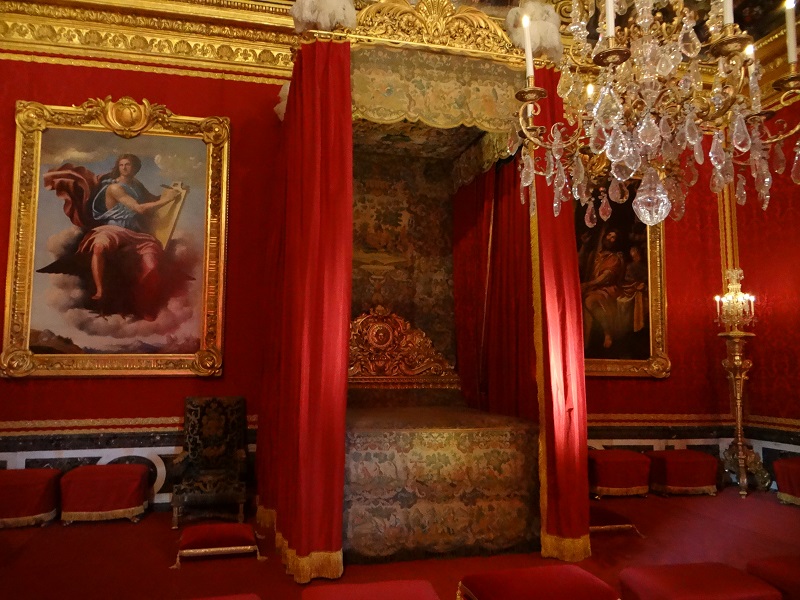
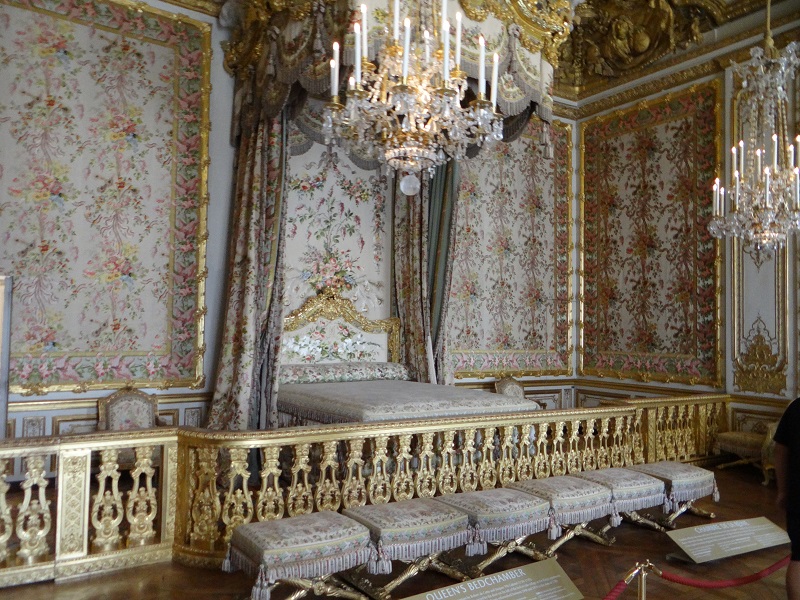
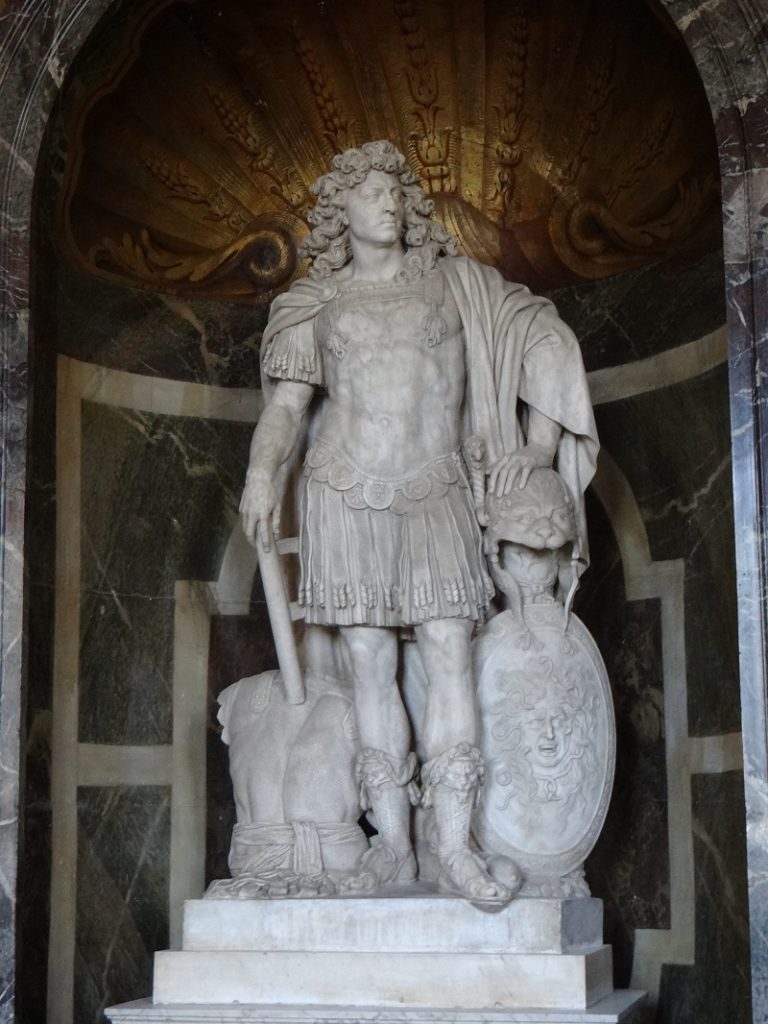
The Sun (King) sets
In 1715 Louis XIV contracted gangrene and died after three pretty agonizing weeks. He had named his 5 year old great-grandson his successor and it was this Louis, XV, who eventually completed the last major building project at Versailles.
Louis XVI and his wife, Marie Antoinette, were planning renovations but the economy was faltering and they were already spending money renovating other residences in the area. In October 1789, a Parisian mob invaded and Louis XVI and his family had to flee the palace. They never returned and Versailles’ royal chapter had come to a crashing end.
Guide to Visit Versaille: Check out the fountains even if they're not running! (they didn't run often in Louis' time either, so don't take it personally!)
The fountains and water features at the site were not running when I visited (they only run on certain days), but I wasn’t too surprised. Plumbing challenges have plagued the site since they were installed.
Versailles is nearly 500 feet above sea level and there has always been a shortage of local water. But the Sun King gets what the Sun King wants.
The solution was a pretty creative feat of engineering. In 1681, a pumping station was installed to push water from the Seine into a series of aqueducts and reservoirs to service the palace.
It still wasn’t enough, so an even MORE creative feat of engineering was needed! A plan was drawn up in 1685 to divert water from the a river that was 52 miles away, but on higher ground, so gravity would be able to deliver the water instead of mechanical pumps. It still didn’t work well.
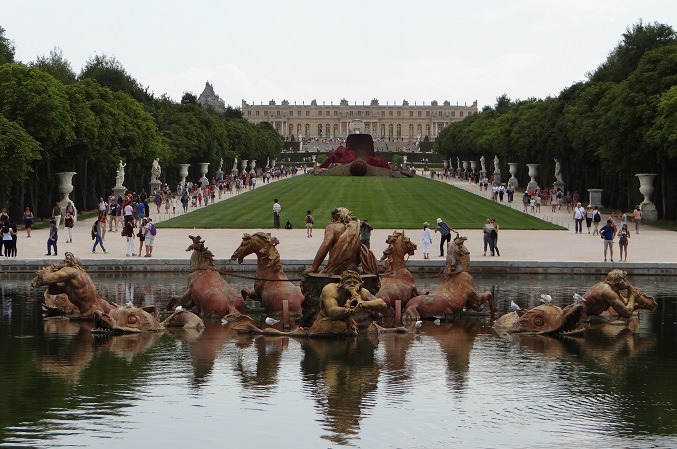
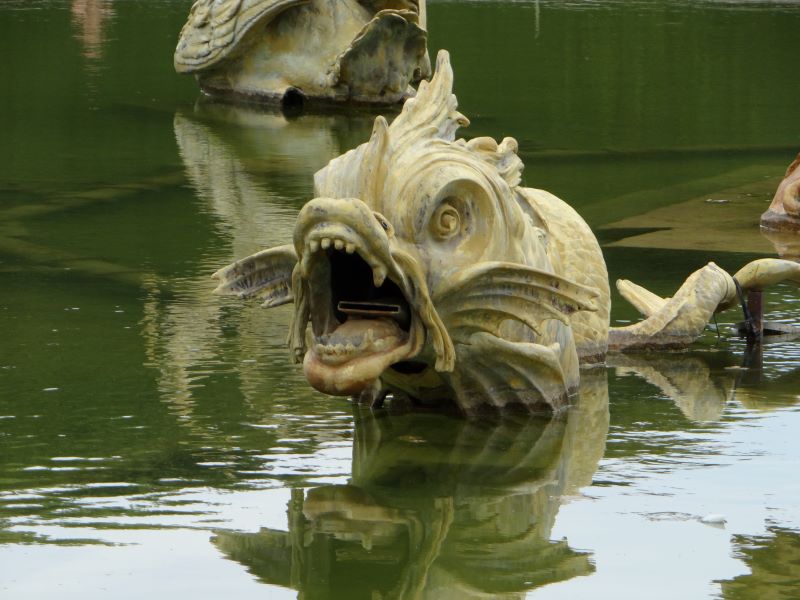
Post Sources:
[bg_collapse view=”link” color=”#4a4949″ icon=”arrow” expand_text=”Show More” collapse_text=”Show Less” ]
Spawforth, A. Versailles: A Biography of a Palace. New York, St. Martin’s Press, 2008.
Khan Academy. “Chateau de Versailles” Accessed 8 May 2021.
Chateau de Versailles. Accessed 7 May 2021.
[/bg_collapse]

